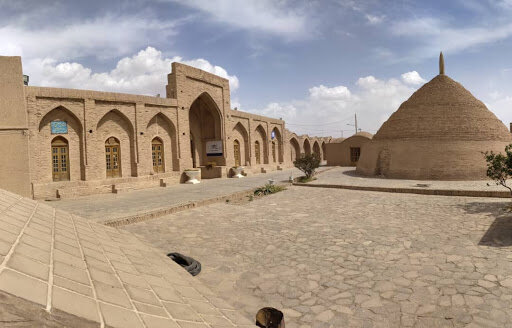Historical cisterns in eastern Iran in need of restoration

TEHRAN –Historical Ab-Anbars (cisterns) scattered across the city of Sarayan in the eastern province of South Khorasan are in need of restoration and rehabilitation, the city’s tourism official has said.
Also known as the city of cisterns due to its numerous and still-working cisterns, Sarayan is a historically rich city, however, to preserve this reputation, its cisterns need to undergo restoration as soon as possible, CHTN quoted Mohammad Arab as saying on Sunday.
It is not feasible to restore all of these works because of funding limitations, but there may be ways to work together with the private sector and other organizations, the official added.
Most of the cisterns date back to the Safavid-era (1501-1736), 14 of which have been inscribed on the National Heritage list, with 11 of them still operating today, he explained.
In addition to being valuable historical monuments, these structures still play an important role in the lives of the people and the supply of water in the city, and can also be used as a temporary water storage facility in times of crisis and outages, he noted.
The term Ab-Anbar is common throughout Iran as a designation for roofed underground water cisterns. It associates with water management systems in arid areas that are reliant on permanent springs or seasonal rainwater.
Such underground reservoirs or Ab-Anbars are parts of the iconic qanat systems, which rely on snow-fed streams flowing down from surrounding mountains. Qanats, according to UNESCO, provide exceptional testimony to cultural traditions and civilizations in desert areas with an arid climate.
South Khorasan is home to many historical and natural attractions such as Birjand Castle, Dragon Cave, Furg Citadel, and Polond Desert. It is also known for its famous rugs as well as its saffron and barberry which are produced in almost all parts of the province.
ABU/MG
Leave a Comment